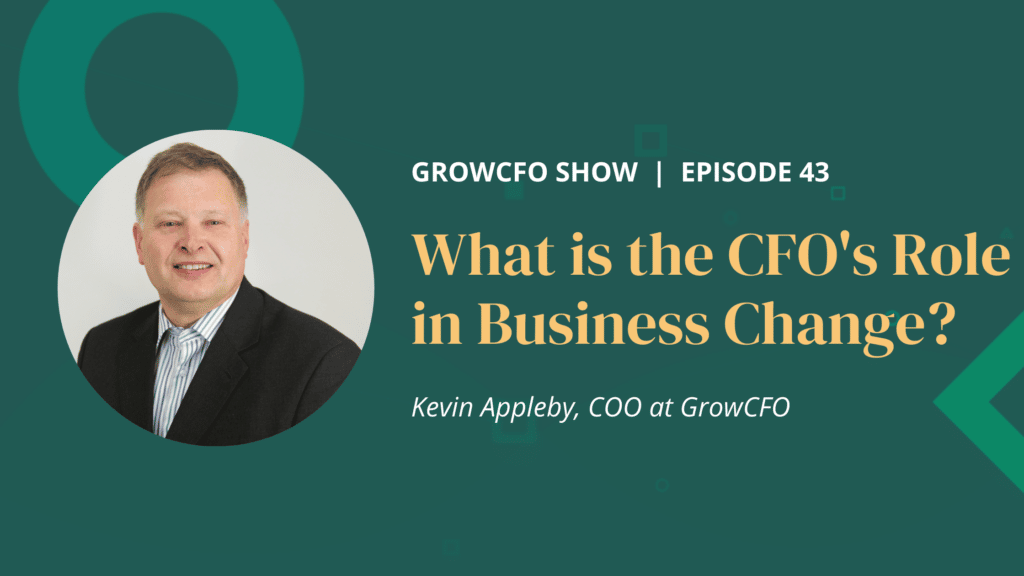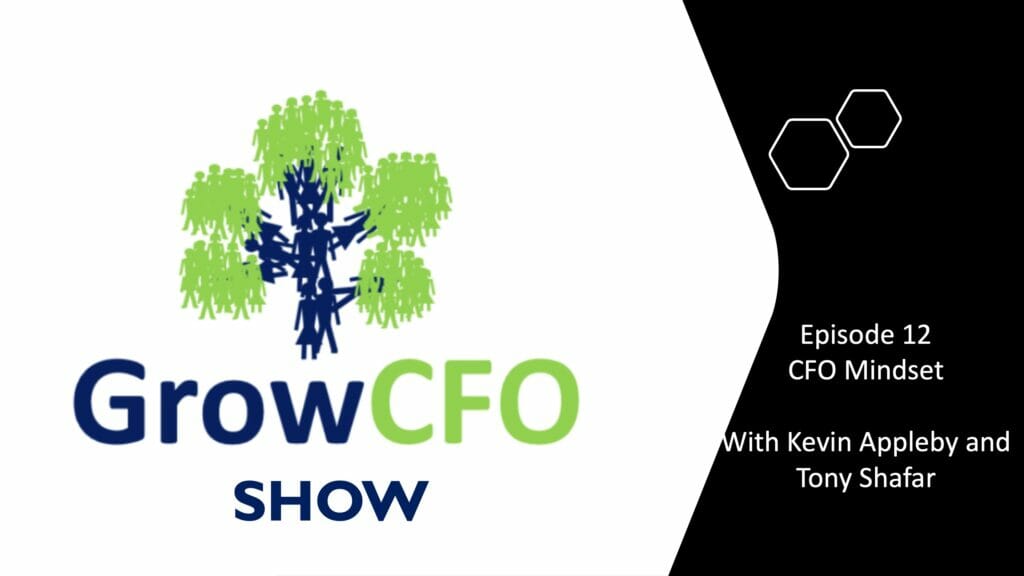#141 How can CFOs Help Their Procurement Teams Avoid “Anchor Bias”? With Edmund Zagorin, CSO at Arkestro


Edmund Zagorin joins Kevin Appleby on the GrowCFO Show. Edmund is CSO of Arkestro. Arkestro helps your team make buying decisions, faster, and at scale using Predictive Procurement Orchestration
Kevin and Edmund explore anchor bias and consider how CFOs can help their procurement teams avoid anchor bias and use predictive modelling to make better buying decisions.
Anchor Bias and Predictive Modelling
Anchor bias, also known as anchoring bias, is a cognitive bias that refers to the tendency for individuals to rely heavily on an initial piece of information (the “anchor”) when making decisions. In the context of procurement, anchor bias can significantly impact the effectiveness of predictive modelling.
Predictive modelling in procurement uses historical data and statistical algorithms to forecast future outcomes. However, if the initial data or ‘anchor’ used in the model is biased or inaccurate, it can skew all subsequent predictions, leading to flawed decision-making and potentially costly mistakes.
There are two main types of anchor bias: self-generated and externally provided. Self-generated anchor bias occurs when the individual creates the anchor based on their own knowledge or assumptions. Externally provided anchor bias, on the other hand, is when the anchor is provided by an outside source, such as a vendor’s initial price quote.
For example, if a procurement professional uses the cost of a previous contract as an anchor when forecasting future costs, they might ignore changes in market conditions, material costs, or supplier capabilities that could lead to higher or lower costs. This could result in budget overruns or missed opportunities for savings.
Similarly, if a supplier’s initial price quote is used as an anchor, it could influence the procurement professional’s perception of what is a reasonable price, potentially leading to overpayment.
How to Mitigate Anchor Bias in Predictive Modelling
To mitigate anchor bias in predictive modelling, procurement professionals should consider the following strategies:
- Use Multiple Data Points: Instead of relying on a single piece of information, use multiple data points to create a more accurate prediction. This could include data from different suppliers, contracts, or time periods.
- Challenge Assumptions: Regularly question and validate the assumptions that underlie your predictive models. This can help identify any potential biases and correct them before they impact your forecasts.
- Seek Diverse Opinions: Consult with colleagues or industry experts to get different perspectives. They might provide additional insights that can help adjust your anchor.
- Train and Educate: Provide training and education on cognitive biases for procurement staff. Understanding these biases can help individuals recognize and mitigate them in their own decision-making processes.
While anchor bias can pose a significant challenge in predictive modelling for procurement, it can be mitigated through awareness, careful data analysis, and ongoing validation of assumptions. By doing so, procurement professionals can make more accurate predictions and better decisions.
Edmund shared his procurement, strategic sourcing, and data science background, and discussed the importance of collaboration with business stakeholders to achieve the best outcomes for all parties involved.
Edmund and Kevin discussed anchor bias in procurement negotiations and how the use of predictive models can help avoid it. They also talked about the impact of first offers on price variance and the asymmetry in technology and data between buyers and sellers.
Edmund and Kevin discussed how predictive models powered by AI can enable procurement and finance teams to negotiate with suppliers more effectively by using behavioural analysis instead of traditional cost or value frameworks. They also talked about the challenges in the relationship between procurement and finance, including the need for predictable savings and understanding which categories are strategic.
Edmund and Kevin discussed the flaws of the traditional procurement process and proposed the use of predictive models to determine the most preferred supplier before the procurement process even begins. They also questioned the effectiveness of the weighted matrix system and debated whether both parties should feel like winners after a negotiation.
Edmund and Kevin discussed the benefits of using predictive modelling in procurement and the importance of considering the emotions and psychology of supplier interactions. They also emphasized the need to measure the right KPIs and avoid incentivizing the wrong behaviour in procurement teams.
Links
- GrowCFO finance team training
- GrowCFO Quests
- Mentoring at GrowCFO
- Edmund Zagorin on LinkedIn
- Kevin Appleby on LinkedIn
Timestamps
Introduction to today’s show. (0:11)
What does Arkestro do and how does it help organisations with procurement? (1:30)
What is Anchor Bias? (5:30)
Anchor bias and how it works. (9:26)
Predictive models are one of the effective ways that sales teams can avoid anchor bias. (13:30)
Where did the CFO and the finance team come into this story? (17:43)
Reverse engineering your success to get the best deal. (22:19)
How do you put a value on quality in procurement analytics? (27:30)
Why is the procurement process so antiquated? (31:40)
Edmund’s clear messages for the procurement team: Get your KPIs right. (36:59)
Podcast: Play in new window | Download





Responses